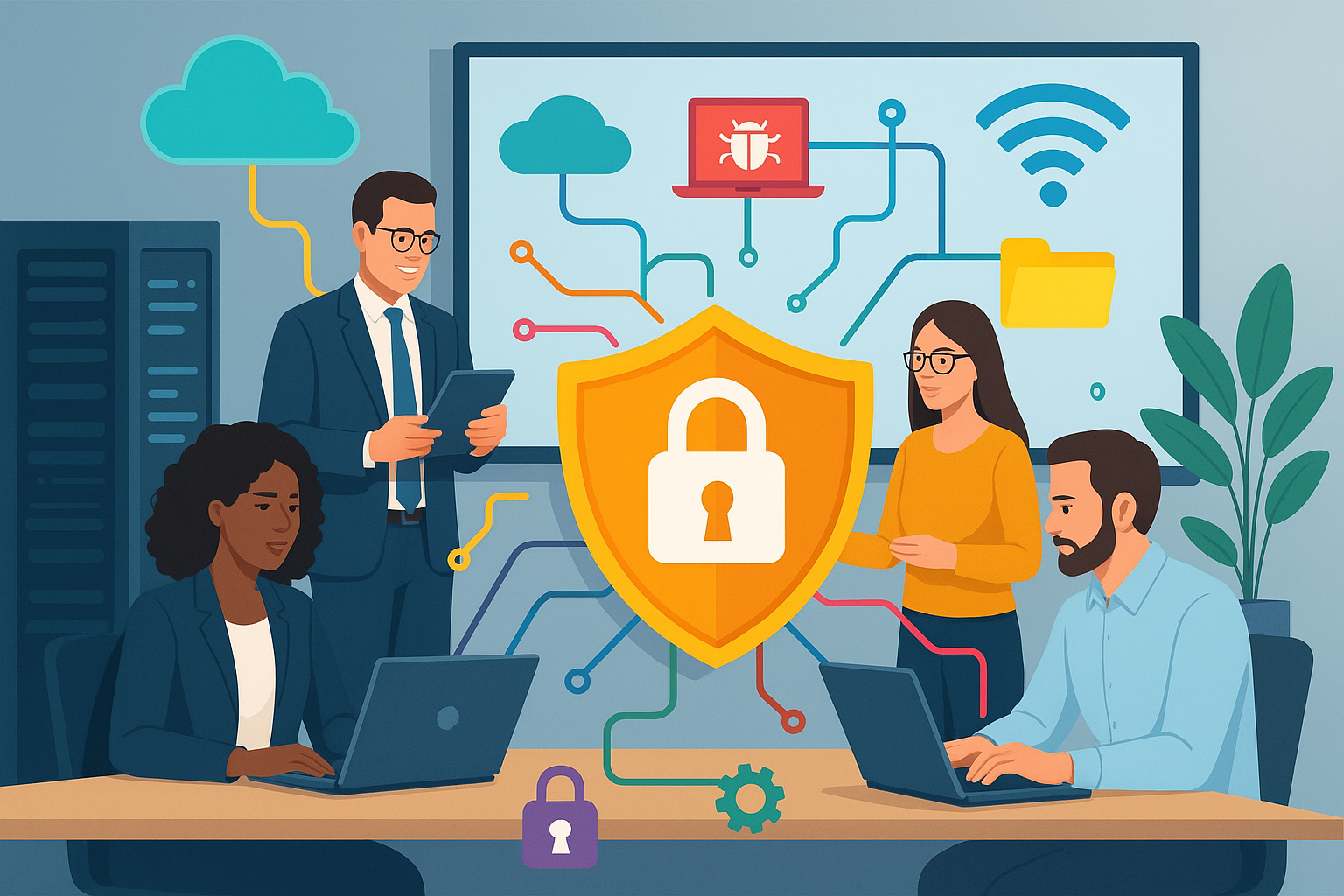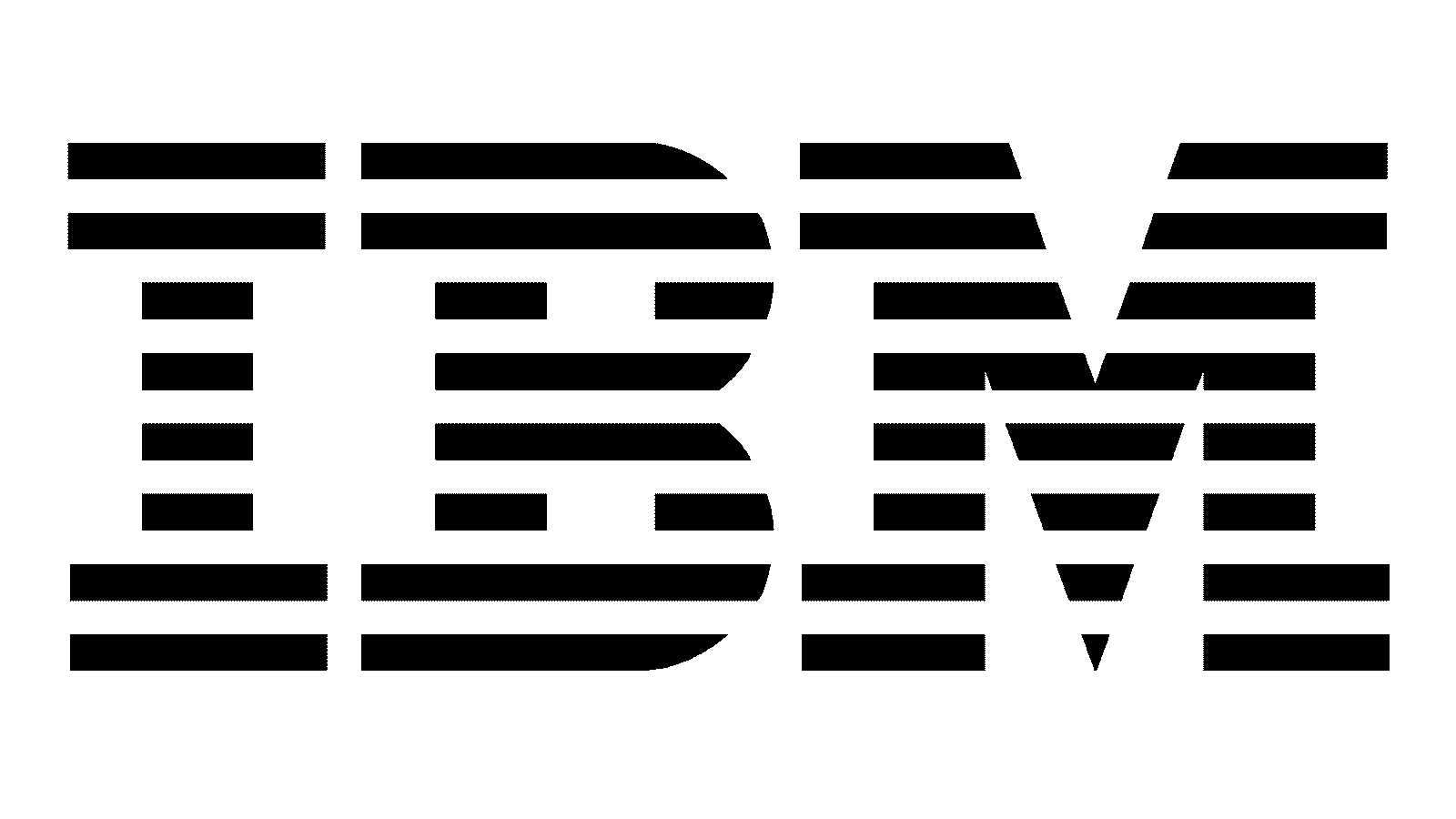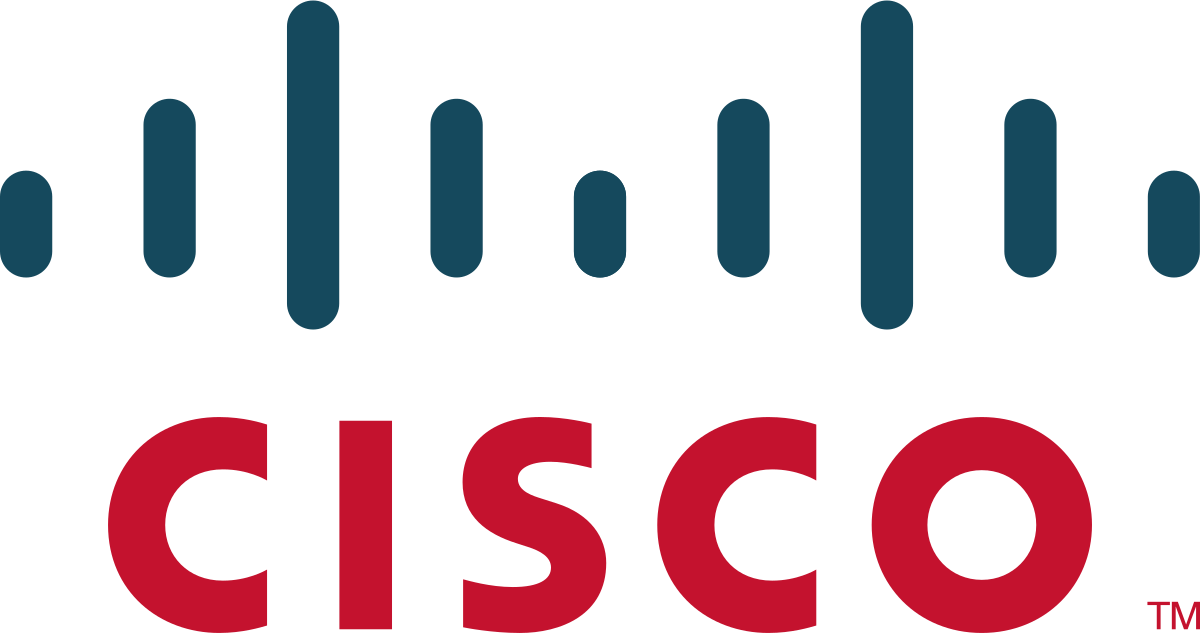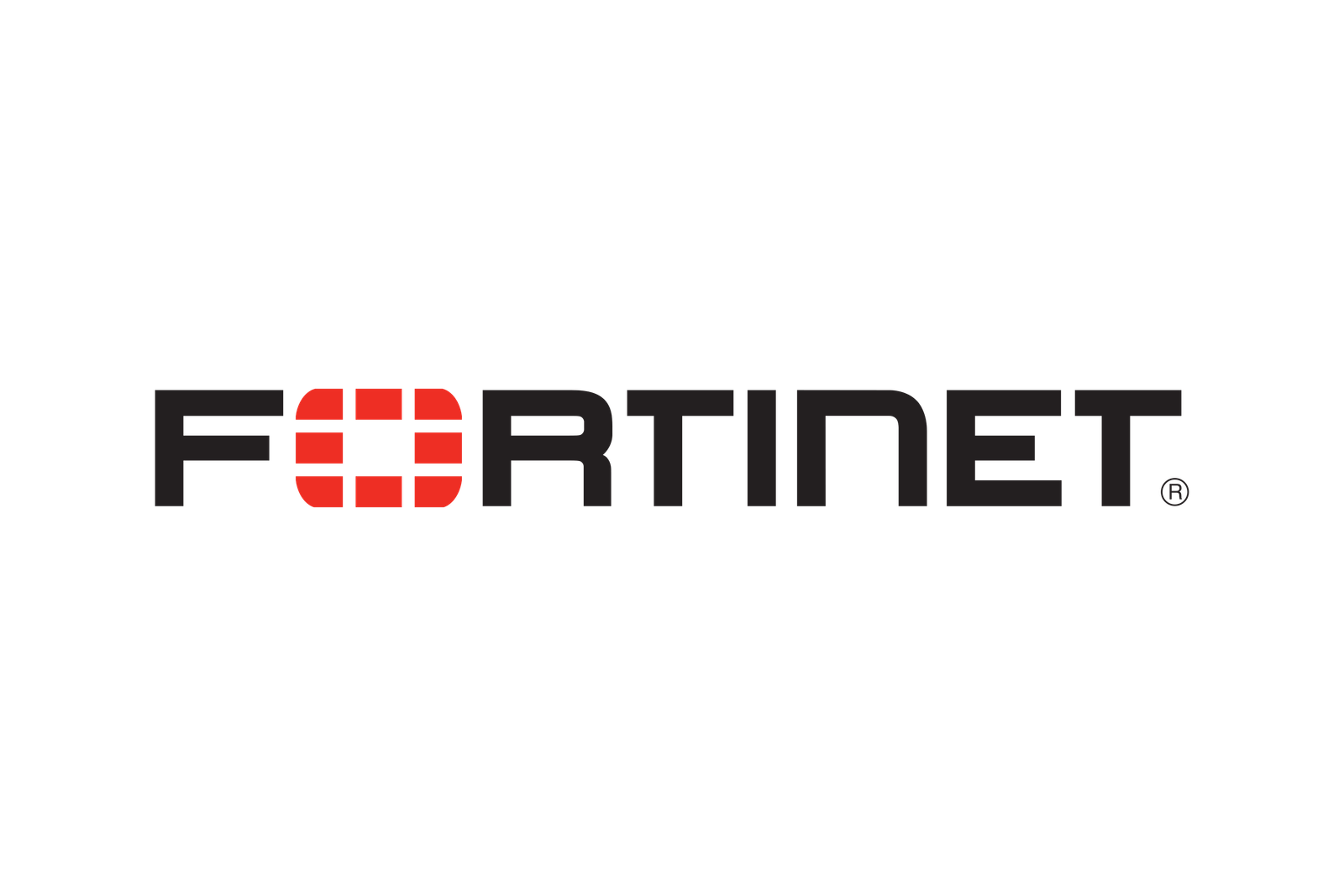The Network is your Defense. We make it Unbreakable
Your network is the digital highway of your business — connecting people, devices, and data. But every open road needs protection. That’s where cybersecurity comes in. At Mentor Infocomm, we design, deploy, and manage network security services in Chennai and across India that don’t just block threats — they give you peace of mind.
Our philosophy is simple: networking builds the roads, cybersecurity makes them safe. Together, they keep your business running smoothly, securely, and without interruption.
Next-Generation Firewalls (NGFWs)
Old-school firewalls aren’t enough anymore. Modern businesses need firewalls that can think, adapt, and fight back. Our firewall installation in Chennai includes advanced NGFW solutions that bring multiple layers of protection in one powerful platform:
- Application awareness & control – Block risky apps, allow business-critical ones.
- Intrusion prevention (IPS) – Stop exploits, malware, and zero-day threats in real-time.
- Deep packet inspection (DPI) – Catch hidden threats that slip past traditional firewalls.
- Threat intelligence feeds – Stay protected with live updates against the latest global attacks.
Endpoint Security
A network is only as strong as its weakest device. That’s why endpoint security solutions are critical — one laptop or mobile phone shouldn’t be the open door for attackers.
- EDR (endpoint detection & response) – Constant monitoring + behavioral analytics to catch threats early.
- Antivirus & anti-malware – AI-driven protection that adapts to evolving attacks.
- XDR (extended detection & response) – A holistic approach that connects data across endpoints, cloud, and email for faster, smarter responses.
Zero Trust Network Access (ZTNA)
Gone are the days of “trust but verify.” In today’s world, the rule is simple: trust nothing, verify everything.
- Granular access – Users only see what they need, nothing more. Continuous verification – Identity and device health are checked every moment of every session.
- Micro-segmentation – Even if attackers get in, they’re trapped and can’t move laterally.
Security Information & Event Management (SIEM)
If your network is the body, SIEM is the nervous system. Our SOC services in India use SIEM platforms to give you a real-time, 360° view of your security posture.
- Log management – Collect data from firewalls, servers, applications, and endpoints.
- Threat correlation – Detect complex, multi-layered attacks that individual tools might miss.
- Incident response & forensics – Quickly investigate threats, trace their origin, and respond with precision.
Enterprise Networking — The Foundation of Your Digital Business
Cybersecurity is only as strong as the network it protects. That’s why we design, deploy, and manage enterprise networking solutions that give your business both resilience and speed.
Core Networking Services
| Service Area | Mentor Infocomm’s Solution | Value to Your Business |
| High-Performance LAN/WAN | Advanced routing, switching, and structured cabling solutions from global leaders like Cisco — built for speed and reliability. | Guarantees minimal latency and high-capacity data transfer across all your locations. |
| Secure Wireless & Mobility | Seamless, high-density Wi-Fi deployments with centralized management and enterprise-grade security protocols. | Provides secure, uninterrupted connectivity for employees, guests, and IoT devices across campuses. |
| Unified Communications (UC) | Integration of IP-PBX, video conferencing, and collaboration tools into one cohesive platform. | Streamlines communication, reduces operational costs, and boosts team productivity. |
| Network Management | Centralized monitoring, configuration, and proactive maintenance tools for all network devices. | Ensures 99.99% uptime and simplifies network operations for your IT team. |
When your network is strong, your business runs stronger.
Ready to strengthen your first line of defense?












 Call Now
Call Now

